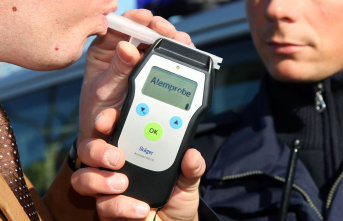If you're a fan of foods that contain imitation crab, then you have Japanese fish paste maker Sugiyo to thank. In the 1970s, the producer failed to develop artificial jellyfish. Instead, the creation resembled crabmeat, so Sugiyo simply changed course. The rest is history.
Today, imitation crab is the affordable alternative to real crab meat and is very popular, especially in sushi. There you can often find the replica under the name Surimi. The taste of surimi is slightly sweet, but relatively neutral and not fishy. But what is the imitation actually made of?
Classically, surimi is made from Alaska pollock, the white-fleshed fish is cheap. Deboneed and washed, the coalfish is ground into a fine paste and the imitation is made from it. There are now countless providers who are emulating the success of Sugiyo. Some also contain up to 2 percent crab meat and crab extracts or other fish oils and extracts.
It becomes problematic with the additives: In contrast to real crab meat, the list for the imitation is long: salt, sugar, protein, starch. Manufacturers add these ingredients to give the meat a firm, shiny texture, enhance flavor, and make it easier to freeze. Allergy sufferers should therefore pay attention to this when eating.
As a rule, there are also artificial flavors, colors, preservatives such as phosphates and sodium benzoate and monosodium glutamate (MSG) in the surimi. The replica is very different from real crab meat or other seafood. It is a highly processed product. Nutrition experts therefore recommend enjoying the imitation crab meat with caution.











